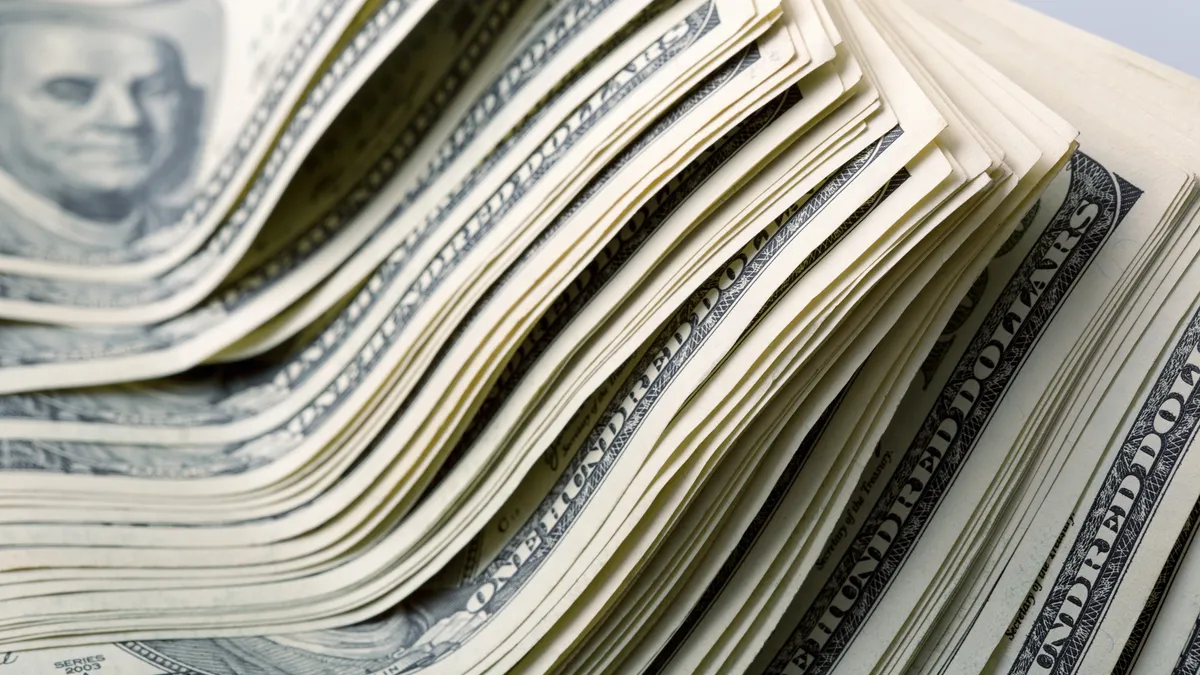As the U.S. higher ed student loan debt continues its ascent, more warnings are sounding about the consequences.
Student debt currently amounts to $1.08 trillion owed by nearly 37 million borrowers. Richard Cordray, president of the Consumer Financial Protection Bureau, has warned that the student loan problem is comparable to the home mortgage market prior to the Great Recession that began in 2008.
Could the economic impact of the student debt crisis one day match (or even exceed) the credit crunch created by subprime mortgages? Here are five reasons for concern:
1. Student loan repayment delinquency rates are higher than all other forms of debt
Of the $1.08 trillion in total outstanding student loan debt, 11.5% is either delinquent by at least 90 days or in default, Forbes reports. That percentage has been increasing since 2003, and it’s higher than the delinquency rates for credit cards, mortgages, home equity loans, and auto loans.
2. Indebted students are delaying major life decisions
For student loan borrowers, home ownership is 36% lower than those without student debt. The average length of student debt repayment ranges from 17.2 years for college students who didn’t graduate to 23 years for graduate students. Also, the student debt load may cut new vehicle spending by as much as $6.4 billion per year, according to One Wisconsin Institute.
3. Parents are on the hook, too
Loans to parents for their children’s college expenses were up 75% from the 2005-06 academic year in February 2012, according to the National Association of Consumer Bankruptcy Attorneys. Of the parents whose children graduated in 2010, an estimated 17% took out college loans, compared to 5.6% for the 1992-1993 school year. Of the $1 trillion in outstanding educational loans at the time, 10% was in federally backed college loans to parents.
The problem with the debt burden for parents is that they can face their retirement years still deep in debt, and it’s more difficult for them to pay off the loans as they retire and have less income.
4. Getting a low-rate student loan can be easier than getting a bank loan
One of the key problems with subprime mortgages that eventually led to the worldwide fiscal meltdown was that loans were approved for people whose ability to repay was in serious doubt from the beginning. Now, with most student loans, the government does not run a credit check. Some borrowers seek federal student aid simply as an opportunity to take out low-cost loans, with little or no intention of getting a degree, The Wall Street Journal reports.
5. More student loan borrowers are taking out the maximum amount
Since the recession, the share of student borrowers who take out the maximum amount allowed — $12,500 a year for undergraduates — has risen. For the 2011-2012 school year, 68% of undergrad borrowers reached the maximum, compared to 60% in 2008.
Would you like to see more education news like this in your inbox on a daily basis? Subscribe to our Education Dive email newsletter! You may also want to read Education Dive's look at whether 2014 could be the year higher ed administrative pay comes under fire.














